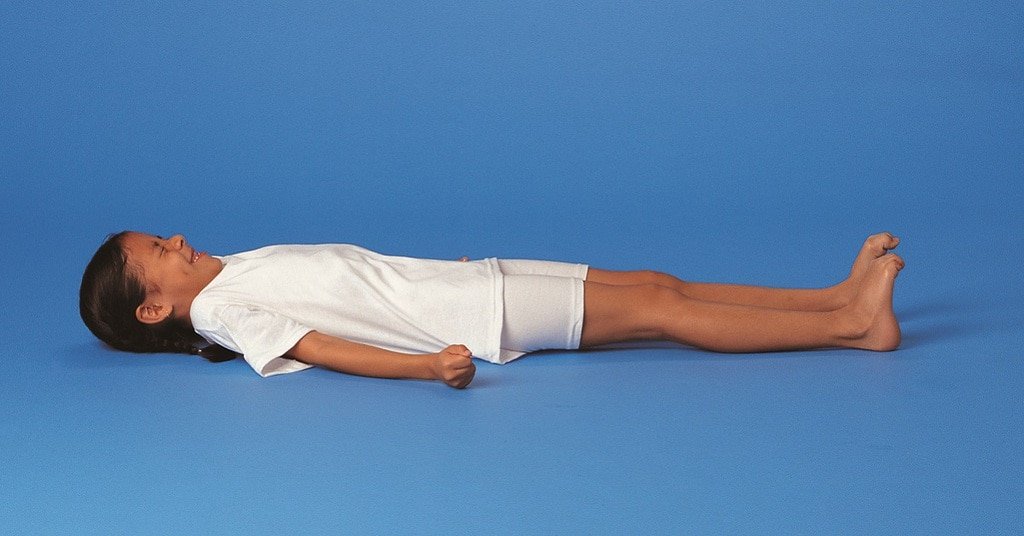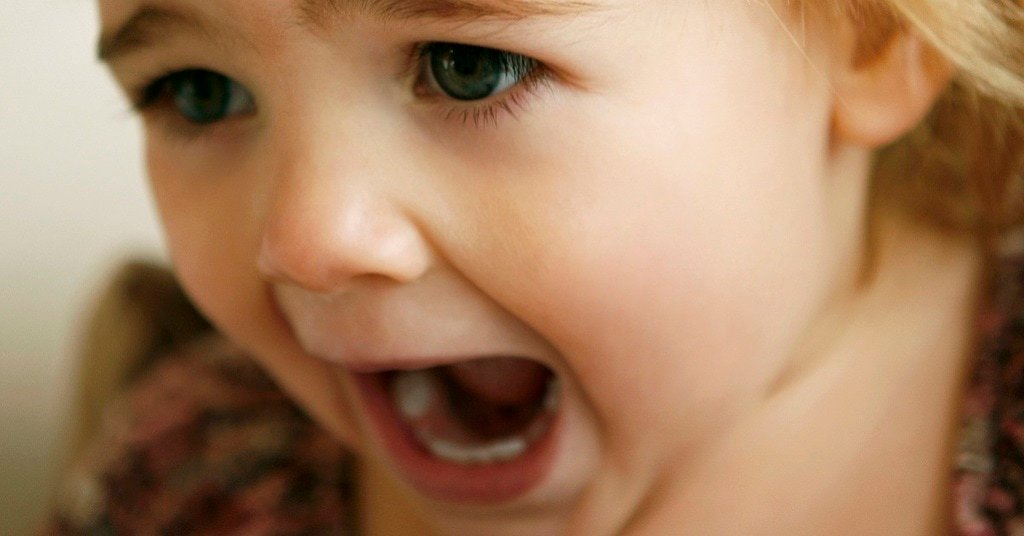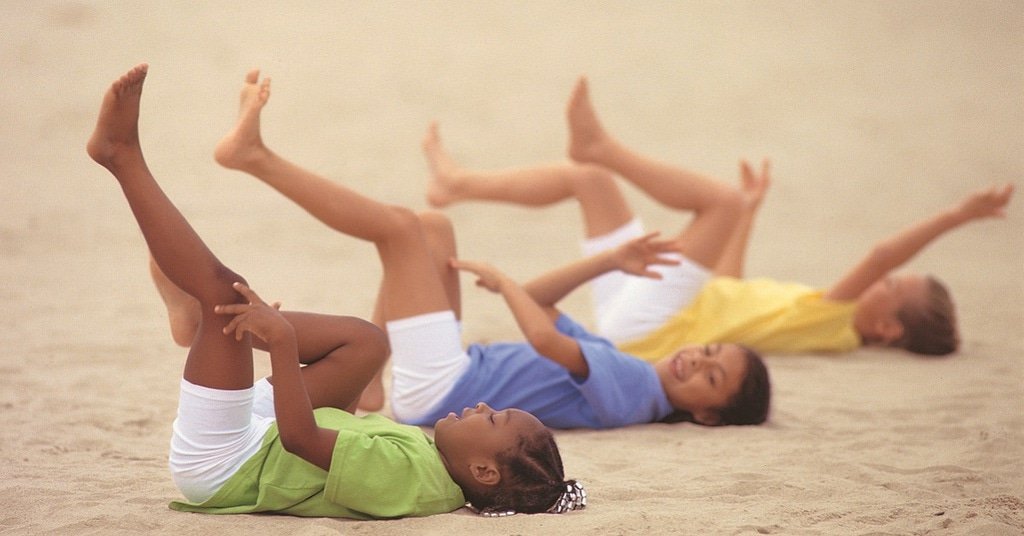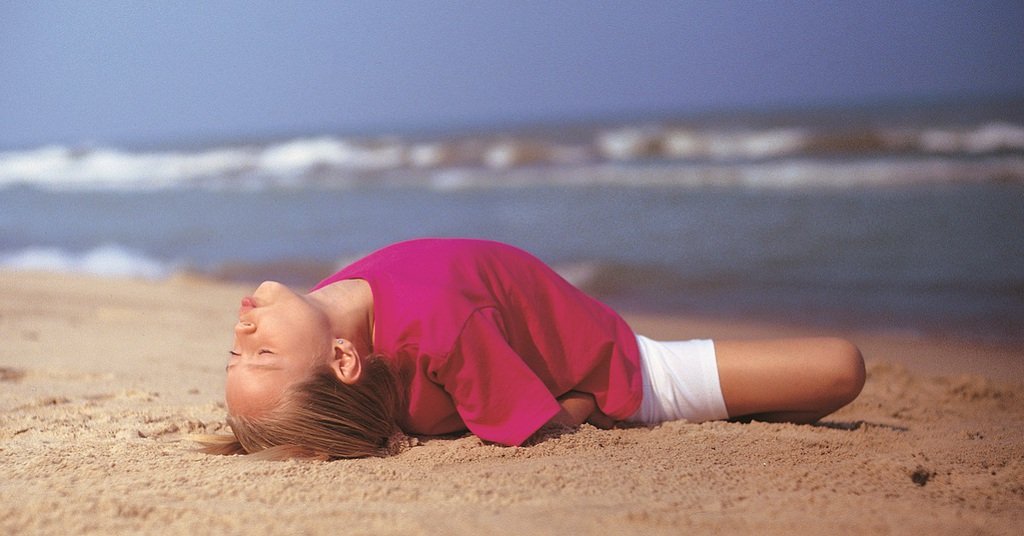Is your child feeling angry? We have a pose for that Is your child feeling anxious, we have poses, breathing exercises and techniques for that! Are you kids fighting with each other, we have a pose for that! YogaKids has tools for all of life’s challenges, and when used regularly, yoga can help you and your child find joy, good health and peace!
Confidence
If your child does poorly on a test, misses the goal in a soccer game or is upset about getting braces, they may lack confidence which can lead to low self-esteem, feelings of worthlessness or lack. Reach for the Sun is a YogaKids pose that would be a great way to start the day, or can be used after a disappointment or challenging situation. This pose brings energy to the solar plexus which is our area of personal power. It also includes a slight back bend which will improve mood, and help to build joy, optimism and confidence.
Reach for the Sun – Begin in Open Mountain pose. Breathe in and reach up. grab a piece of sunshine and pull the power into your solar plexus-your inner sun. Exhale with a “HAH” breath. Repeat with the other arm. Repeat ten times.
Bullying
When peers are critical, judgmental or just plain mean, kids can be left feeling helpless and sad. Sun salutations help to bring positive energy into the heart, are energizing and uplifting. Practice before or after school for a jolt of joy.
Sun Salutations – From Mountain, raise arms overhead and stretch upward. Fold forward into Ragdoll. Step back with right leg into a lunge. Step back with left leg to Lizard. Slowly come down to the floor with your knees, chest and chin. Bring your hips down to the floor, and lift up into S is for Snake. Curl your toes under and stretch into Down Dog. Step forward with right leg into a lunge. Step forward with left leg into Ragdoll. Stretch arms outward and return to standing. Raise arms overhead and stretch upward. Repeat cycle, leading with the opposite leg. Repeat one to ten times.
Anger
Kids often have a hard time dealing with life’s challenges and have not developed the skills to cope with disappointments, disagreements or not getting what they want. If anger is kept inside, it can lead to much suffering, and affect long-term health. Volcano is a pose designed to discharge feelings of anger in a healthy way.
Volcano – From Mountain pose; bring the fingertips together at the heart. Jump the feet apart. Watch your hands as you raise them over head. Breathe out as you explode your arms outward. Lower them to your sides and return your hands to heart. Erupt and release again and again. Make big, exploding volcano noises. Jump your feet back together when you’re finished erupting. Repeat ten times.
Fear
Staying in the present moment is often a great antidote to fear. Fear is often a product of worrying about some future perceived threat. Peace Breath is a way for kids to stop and notice how they feel in the present moment. They focus on their breath and notice the softness of their own lips as the say “peace” or feel the gentle rise and fall of their belly.
Peace Breath – Close eyes and relax the face muscles. Let your skin drape over your bones like a soft blanket. Breathe in. Breathe out and whisper the word “peace.” As you say the word, feel the peace inside you. Send peace to the animals, trees and plants. Send peace to your family and friends. Send peace to countries in the world that are at war. Send peace to all the people you love. Repeat 3-10 times.
Grief
Grieving is an important part of accepting that a loved one, pet or friend has died. When feelings of grief become overwhelming or don’t dissipate over time, yoga can help kids feel happy, uplifted and joyous. Direction breath is a children’s version of a pose called the Breath of Joy, it brings awareness and light to the heart.
Direction Breath – Stand in mountain, inhale and stretch arms forward, out to the side and overhead. Exhale and bend forward into Rag Doll. Repeat about 10 times.
Anxiety
Worrying about school, friends, sports or life’s challenges can cause anxiety. When feelings of anxiety distract kids from being able to enjoy life, Eyes Around the Clock is a technique that can help kids learn to focus attention on the present moment instead of living in possibility of a future problem.
Eyes Around the Clock – Imagine a clock hanging in front of your eyes. Move your eyes from 12 to 6 and back to again. Look right to left from 3 to 9 and back. Look diagonally from 1 to 7 and back, then 11 to 5. Now start at twelve o’clock and look at each number around the face of the clock. Then start again at twelve o’clock and move in the opposite direction. Try to keep your head still and move only your eyes.
Sadness
Opening the chest, and taking in a full inhale has been found to improve mood, confidence and our outlook on life. Dromedary Delight is a back-bend that can help kids feel open to the magic of life. Warm up the spine before doing this pose, and encourage kids to pause during the day for a gentle version for quick pick-me-ups. This can be done seated at a desk, or standing with hands gently clasped behind the back. Pause in the pose for several breaths.
Dromedary Delight – Kneel on the floor with your legs and knees hip width apart. Press the tops of your feet into the floor, push your thighs forward, bring your hands to your lower back, fingers pointing upward, and lift your chest. Breathe evenly in and out as you extend your rib cage and broaden your chest. Continue to lift your chest with each breath as you curl your toes forward and bring your hands to your heels to imitate a camel’s hump. Delight in the dromedary for ten seconds. Rest in child’s pose after each back-bend. Repeat. Increase the duration and repetitions of the pose as your spine and chest become more flexible.













